The content of the article
From time to time, everyone has a plaque in their tongue, which can be easily removed with a toothbrush or a special scraper. But it happens that after a few hours it grows again, and eventually becomes thick and changes color. It is often accompanied by an unpleasant odor and is a sign of a developing disease. Therefore, at the first changes in the plaque in the language, you need to see a doctor.
Which plaque is considered normal
A thin white layer on the tongue appears as a result of the work of bacteria living on its surface. Small particles of food settle between the papillae and in the cracks and become food for microorganisms. Therefore, sooner or later, plaque appears in everyone, and it must be removed.
Normal thickness is considered if the pink color of the tongue is visible through it. If it becomes too thick and cannot be removed using conventional hygiene devices, then something is wrong with the body.
The color of the plaque should normally be white or yellowish. An alarm should be raised if it turns brown, red, yellow, green or even black. The brighter the shade, the harder the disease that provokes it.
White and yellow plaque
If the white or yellow coating does not condense and does not cause an unpleasant odor, then it is enough to carry out standard hygiene procedures in the morning and evening. If it becomes thick, then you should look for the causes of this symptom:
- prolonged constipation;
- intoxication;
- infection (accompanied by fever);
- stomach diseases;
- malfunction of the kidneys.
- When a thick yellowish layer appears on the tongue:
- liver disease
- jaundice;
- stagnation of secretion in the gallbladder;
- excessive bile formation.
Sometimes a plaque in the tongue is the first symptom of a serious ailment, which is better to stop at the initial stage. Therefore, if you find a change in the consistency or color of the lamination, consult your doctor.
Unusual plaque
Less common is plaque in the language of other colors, and this situation is the reason for an immediate appeal to the hospital. So, for example, a gray shade indicates gastritis or an ulcer. If you smoke and abuse alcohol often, your tongue will turn brown. This will also signal a lung problem.
Even less often, a plaque of green is observed. This symptom causes the use of antibiotics or steroid drugs that reduce immunity. Also, microflora in the mouth, candidiasis, glossitis, infection lead to this.
Red plaque appears with an allergic reaction, fever with scarlet fever, tonsillitis, inflammation of the brain and gastrointestinal tract, and kidney infection. If the language itself turns pale and a red coating forms on it, then the person suffers from anemia.
The rarest raid is black. This symptom indicates a serious illness that needs to be treated immediately. First of all, check if the acid-base balance of the blood is disturbed, do an ultrasound of the digestive organs, gall bladder and pancreas. Black is a symptom of cholera or the multiplication of a chromogenic fungus.
Pay attention to what you eat. If the food contains dyes, then the tongue can become an unusual color thanks to them. Also, tea lovers often observe a brown coating. This does not mean illness, but it hints that you often carried out oral hygiene.
Plaque and bitterness in the mouth
Sometimes besides white or yellow plaque, bitterness appears in the mouth.Such symptoms can not be ignored and wait until they pass by themselves.
Causes of plaque and bitterness in the mouth:
- diseases of the biliary tract;
- pancreatitis
- cholecystitis;
- exacerbation of gastritis and ulcers;
- diseases of the oral cavity;
- allergic reaction;
- violation of microflora;
- smoking;
- pregnancy.
When plaque and bitterness appear, try to change your eating habits. Exclude sweet, smoked, semi-finished foods, eat often and in small portions. Do not drink alcohol and quit smoking, cleanse your intestines of toxins. Introduce dairy products, vegetables, fruits, cereals into your diet.
Do not forget that bitterness in the mouth with a plaque in the tongue is a sign of a disease. Contacting a doctor will be the right decision, but the outcome of treatment depends on you. Proper nutrition and a healthy lifestyle will help get rid of unpleasant symptoms.
Definition of disease by plaque in the tongue
Therefore, it covers the entire tongue or is located on the sides, in the middle or at its base, it is possible to judge those or other affected organs. For the first time, the sages of the Ancient East drew attention to the connection, but so far no one has been able to refute this information.
At the very base of the tongue, where it enters the opening of the larynx, there is a site that signals problems with the intestines. If plaque is closer to the middle, then check the pancreas. Lesions in the very center of the tongue speak of diseases of the stomach, and closer to the tip of the heart.
On the left side at the base of the sky is the site responsible for the left kidney. On the side is the spleen, and near the tip of the left lung. The right side is symmetrical to the left: at the base of the right kidney, side of the liver, and at the end of the right lung.
The uneven distribution of plaque, which gradually passes to the palate and the inside of the cheeks, indicates diseases such as thrush and oral dysbiosis. If the tongue is covered with a dense white crust that contains elements of mucus and tissue particles, the stomach is affected by cancer.
We remove the plaque correctly
So that the raid does not bother you, first of all, you need to find out the reason that causes it. Simultaneously with the course of treatment prescribed by the doctor, you need to start cleaning the tongue from the formed crust.
For those whose plaque does not cause discomfort and covers with a thin, barely noticeable layer, it is enough to carry out the procedure twice a day. Those who suffer from a thick dry or wet crust, which interferes with talking and eating food, need to peel it off every time after eating.
For the procedure you will need a toothbrush or a piece of sterile gauze, as well as toothpaste and mouth rinse. After you brush your teeth, rinse the brush or wrap gauze on your finger, apply a little toothpaste and gently begin to “sweep” the tongue from the base to the tip. First clean the left side and then the right. When all plaque has been removed, rinse your mouth with a special agent that protects against bacteria. Instead, you can use decoctions of herbs: chamomile, calendula or sage.
In order not to damage the sensitive surface, the movements should be smooth and accurate. In no case do not push on the tongue, as you can scratch it, which will lead to infection.
Oral Hygiene Devices
If the coating is too dense, for its effective removal, purchase special devices in the pharmacy:
- The spoon. It looks like a spatula and is made of flexible plastic. Using it is very simple: lean against the surface of the tongue and gently drive from the base to the tip. Instead of a special device, you can use an ordinary silver spoon.
- Scraper. Such a device is similar to a loop, it is also made of high-quality plastic and has small bristles.
- Toothbrush. Most modern toothbrushes have silicone inserts for cleaning the tongue on the back. Pay attention to this when buying.
Remember that any item with which you remove plaque should not be used for other purposes and should only be yours.
Popular methods for removing plaque in the language
For a sensitive surface of the tongue, dentists recommend using folk remedies. For example, peeling with sunflower oil: put one spoon in your mouth and move it over your tongue for several minutes, then spit it out.
Rinsing with herbal infusions will not only remove plaque, but also heal the gums. The infusion of oak bark is particularly suitable for this. Each time after eating, draw a little decoction in your mouth and rinse thoroughly.
After eating, you can eat fruit. Their acids effectively clean the dirt stuck between the papillae of the tongue. Never use your fingers and nails. Firstly, it is not hygienic, and secondly, it can damage soft tissues.
The appearance of the tongue signals us about many diseases. Plaque may be the only symptom that indicates a serious illness. Therefore, never leave the appearance of a crust unattended, especially if it causes you discomfort.
Video: how to clean your tongue

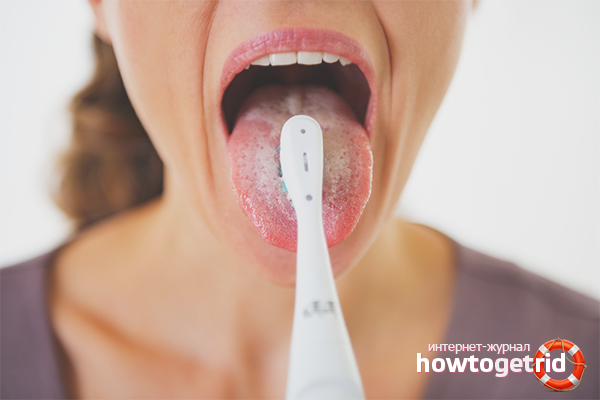
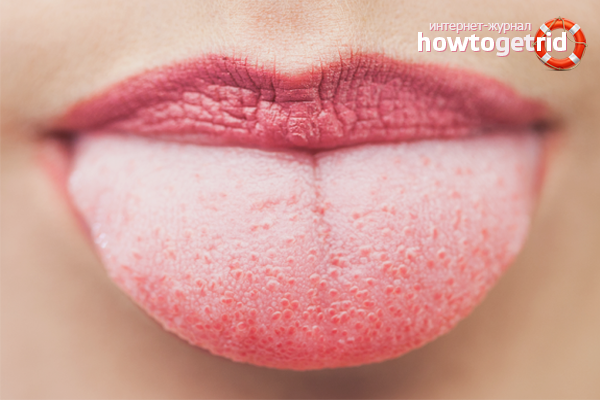
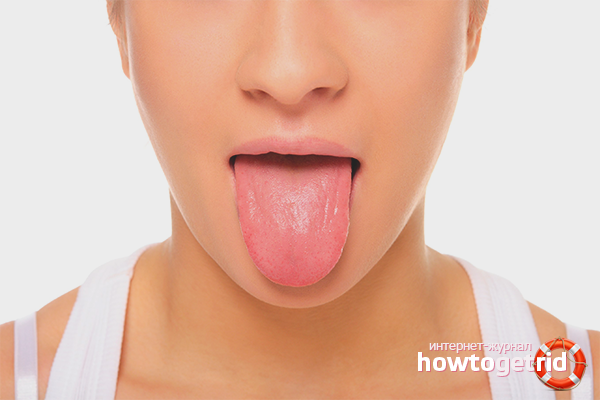
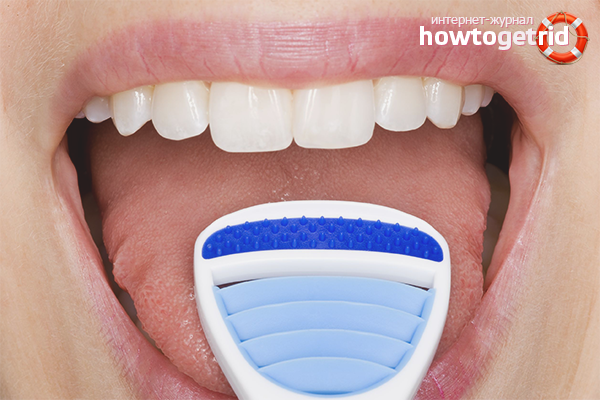
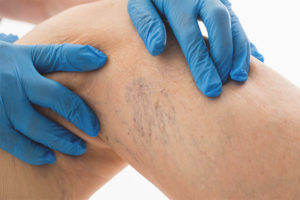
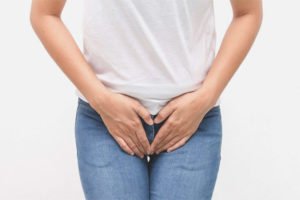
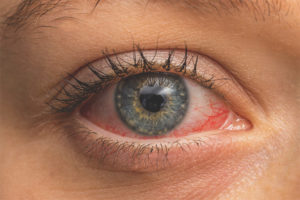


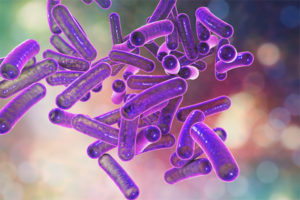
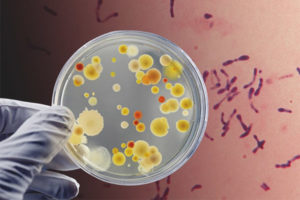

Submit
Hello. I have a brown coating on my tongue. What should I do?
Hello Yuri. The best decision is to see a doctor!